Bioethics Forum Essay
Bartering Your Eggs: A Rotten Deal
The technology associated with assisted reproduction has grown exponentially in the last two decades. Planned oocyte and sperm freezing, posthumous reproductive genetic testing, and egg and donor sperm brokering are expanding infertility services. Demand has grown, as well. Estimates suggest there are now over one million donor-conceived children, about 10,000 per year. The use of donor gametes has allowed people with infertility or other medical conditions to achieve their parenthood goals.
The settings in which services are delivered are rapidly evolving, too. What was once only offered by academic and private medical facilities has become a burgeoning platform for start-ups, private equity firms, and international entrepreneurs. Corporations are offering insurance coverage for egg freezing for their young female employees. Around the country, egg freezing and egg shower parties market services to women. There are approximately 1,500 sperm banks and around 1,900 egg banks across the world with profits for sperm banks estimated at over $4 million in 2019 and for egg banks $487 million in the U.S. alone.
However, there is significant reproductive injustice and lack of access to fertility treatments by diverse populations. Nowhere is this more obvious than with egg freezing.
Consider a hypothetical case: Josie is a 32-year-old medical intern with at least seven more years of training. She wants to be a parent someday but recognizes that now is not the time. She also knows her chances of having a baby will be significantly lower by the time she finishes her training, at age 39. Josie wants to freeze her eggs, but the cost is high ($4,000 to $8,000) and not covered by her student insurance. A local clinic is offering a new program–free egg freezing–for patients willing to donate half of their oocytes to a donor bank and keep the remaining half for their use. In other words, barter your eggs to be able to afford to freeze some of your own.
Josie pursues information on this option. She learns that, in some cases, she can put stipulations on who can use her donated eggs–she can require the future recipients to be a certain religion, race, or partner status. Josie received significant counseling on the risks and benefits of participation, including the need to consider how she may feel if there are children biologically related to her but raised by other people.
At first glance, what could be wrong with this scenario? It offers Josie a practical and financial solution to her problem, and she has been counseled on the risks. Josie is free to make an autonomous decision about engaging in shared egg banking. But how autonomous is it? The counseling came from the for-profit egg bank that works with the clinic that advertised free egg freezing. (Most counseling of prospective donors comes from egg clinics, although donors can make the effort to seek external counseling.) Is the transaction she is being offered fair?
Josie is getting a service valued at around $8,000, and the egg bank will make around $11,000 per donated egg. Assuming Josie produces 20 eggs, she will have 10 saved for herself and will donate 10. This means the egg bank will make around $100,000 on this exchange (minus the cost of the retrieval and freezing process). There is no guarantee that any of the frozen eggs will produce a baby, however the egg bank profits no matter the outcome.
The huge profit going to the egg bank creates a tremendous conflict of interest by having their employees counsel Josie on her options. The for-profit bank has everything to gain and nothing to lose if Josie says yes.
Josie, on the other hand, has a lot to lose. What if she completes her training, moves to a new city to start her job, and attempts to use her stored eggs, but the fertility center where she now lives won’t accept these eggs? Or none of her eggs survive the freezing process? Or none result in a live birth? Meanwhile there could be children in the world with half her genes. Psychological and emotional support may be required no matter what she consented to years earlier.
During the egg freezing process Josie would have had genetic testing for every genetic risk that was known at the time, but seven years later, there would be new genetic risks discovered. What if Josie is a carrier of a gene for a newly discovered genetic disease? Is she liable for transmitting it? Some egg donor contracts cover this kind of contingency by assigning all fiscal responsibilities to the egg recipients, but there is no regulation or law mandating that they do. Can those who used her eggs go to court to require that she help pay for the care of an affected child?
What if the parents of children born from Josie’s eggs die in a car accident and the children find out who their maternal donor is (perhaps through 23andMeor by suing the egg bank)? Does Josie have any responsibility for those children? Josie may choose to ignore requests to connect with those children, in which case they may resort to media campaigns or social media harassment to locate and connect with her.
When the costs of donor eggs are high, only the wealthy are likely to be able to use egg donation services. So, donations are heading mainly to the rich. If egg donors can select who prospective users will be, as many new egg donor programs are promising as a means of recruiting donors–say, Christians only, no mixed-race or same-sex couples, Indian Americans only, or only those of a particular political orientation–what happens to respect for diversity and social equity? Is there potential societal discrimination when only specific people with certain characteristics can use donor gametes, especially when the donor is relying on racial or ethnic classifications with no firm basis in biological or medical science?
When only financially strapped women participate in egg-sharing programs; when they do so without independent counseling; when they don’t understand their liabilities, responsibilities, and duties to any children created from their eggs; when they are made promises that may not be kept; and when likely only wealthy people can use the gametes, we are robbing these young women of authentic autonomy, leaving them to be exploited by parties with obvious conflicts of interest, reinforcing bigotry, and creating or exacerbating health and social disparities. If infertility treatment is an important human right, it ought to be part of health insurance rather than subject to bartering.
Arthur Caplan, PhD, is the founding head of the Division of Medical Ethics at NYU Grossman School of Medicine. He is a Hastings Center fellow and a member of The Hastings Center’s advisory council. @ArthurCaplan
Gwendolyn P. Quinn, PhD, is the Livia Wan Endowed Chair and Professor in the Department of Obstetrics and Gynecology at NYU Grossman School of Medicine.
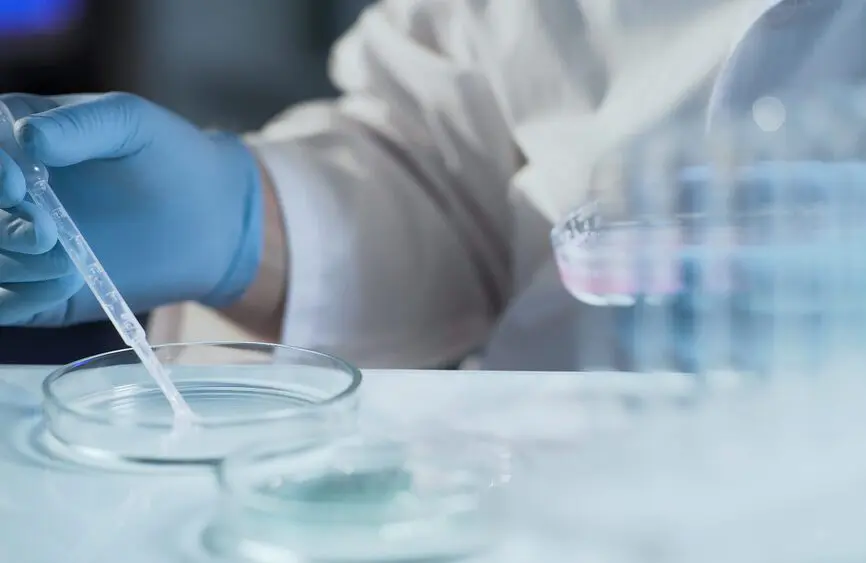
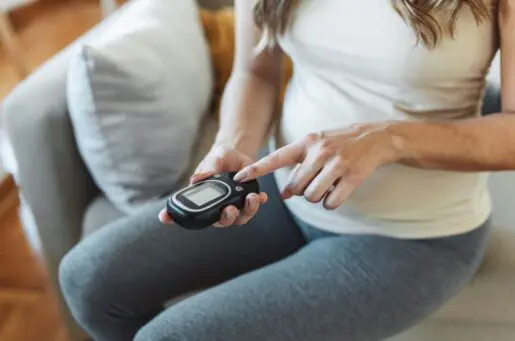
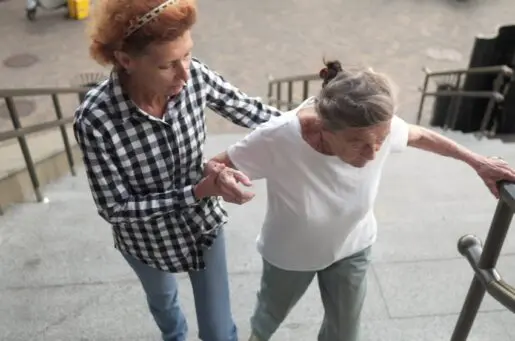
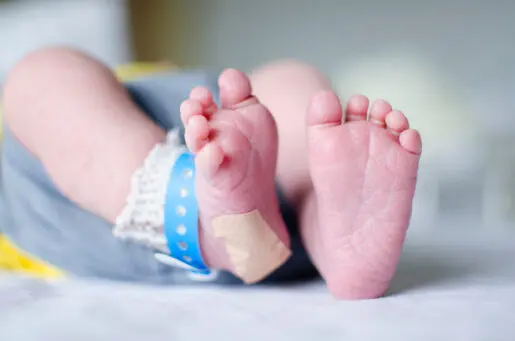
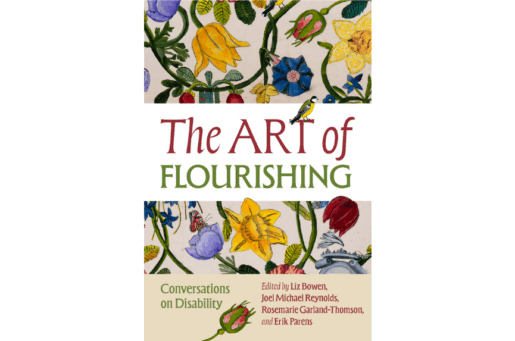

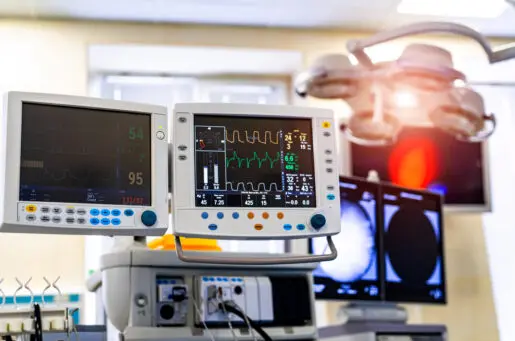

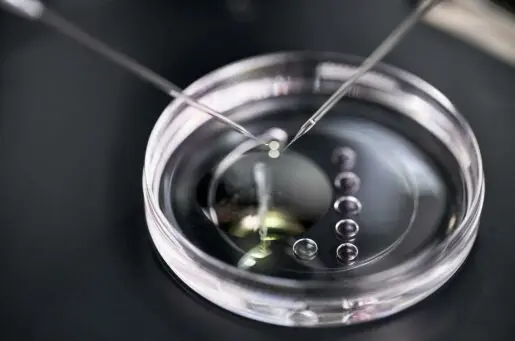
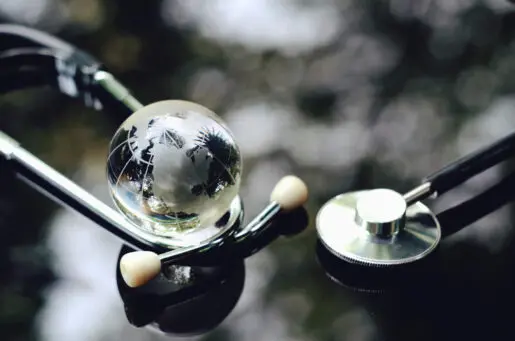


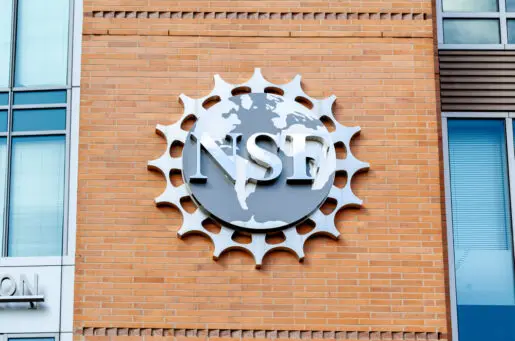

Really important to remember that it is still impossible to make an informed choice here. Despite many calls over decades for longitudinal research into the risks of providing multiple eggs (whether for oneself or for others), we still operate in a void. Young women continue to face potentially serious problems with future fertility as well as a likely increased risk of some reproductive cancers. Concerned citizens in NY state should be looking closely at the deeply flawed Child-Parent Security Act (CPSA), which legalized gestational surrogacy in NY state in 2021, State Senator Liz Krueger is filing a new bill that seeks to address some of the worst aspects of the CPSA. Our Bodies Ourselves supports Senator Krueger in her efforts.
I have a real issue with both egg and sperm donations, in fact. The issues raised by Caplan and Quinn apply to both sexes. The even bigger problem I see, is that there may be “wholesale inbreeding” of a species (humans) that to-date was not so. That would likely multiply the risks for genetic mutations and propensity to diseases. Recent advances in genetics, both population and personal-longitudinal, indicate that mutations happen constantly with diverse consequences, of which we know practically nothing. So the age of the donor, be it a sperm or an oocyte donor is critical and the question of inbreeding and resulting in populations at various unknown risks escalates the more frequently these donations happen. And the risk will be incremental, the more these procedures and donations are being used.
An informative, clear, and perspicacious piece by Caplan and Quinn. It raises more questions than it provides answers, but these are incredibly important questions to consider, both for individuals and policy makers.
Thank you very much, Dr. Caplan and Dr. Quinn, for such a thorough analysis of the situation created by the egg exchange. It reveals the many contradictions that this process can have, and how it can be easily influenced by interests of different parties.
But I want to focus on a limitation of the analysis carried out, in my opinion totally based on an only individualist-autonomist perspective of the problem, totally based on the defense of individual rights and responsibilities. It seems logical within a Western society such as the North American, but it also shows the important limitations of this type of society when dealing with human problems. It suffers from a total lack of perspective of the common good, or at least of the shared good, beyond the individual good. It is likely that it has to do with the inability of the Law to deal with this type of property (as an offspring or our individualist western culture).
Would it be impossible to think of an act of donation focused solely on helping other people, in which, with the necessary personal accompaniment, any “right” of the donor to the fruits of his donation would be renounced? And, in addition, of course, they will be exempt from any subsequent liability for risks unknown to the donor… In fact, if we turn to a related issue, that of adoption, it does not exist an obligation to resume the responsibility of guardianship and custody by the biological parents in the event of death or abandonment by the adoptive parents (at least in the legislation that I am aware of in my environment, Spain).
Should we relegate the approach from the common (or shared) good in the discussion on ethical problems, as a residue of the past, or should we strive to recover this type of analysis within our bioethical reflections?
Thank you for your attention,
Drs. Arthur Caplan and Gwendolyn Quinn point out a necessary perspective that fertility treatments are only accessible to those with the resources to access desired services—whether that be through the appropriate insurance or wealth. The argument highlights that the more advanced therapies may only be reserved for those with the resources. I agree with the authors that the practices of costly fertility treatments and egg extraction widen health disparities even more from the start of life. Further, the United States doesn’t have the societal basis or foundation for the treatment of eggs and sperm in terms of maternal and paternal legal ownership and obligations. As egg and sperm selection gets more specialized, the concept of socio-culture characteristic preference becomes more prevalent. Similarly, as genetic screening and markers advance, more and more questions arise about the moral grounds for precise selectivity of genetic makeup of babies. Given all these variables and more, I disagree with the authors’ conclusion that infertility treatment should be “part of health insurance rather than subject to bartering.” Health insurance coverage resolves some problems associated with access to fertility services, but it does not change the aforementioned realities associated with fertility treatment implementation and egg donation as highlighted by the authors. Clinical and legal standards should be set for all aspects of infertility treatments by associations and federal agencies in the U.S. before technologies are used selectively in clinical practice. Without any implemented standards, the country puts itself at risk for widespread legal and ethical challenges for future generations.
Dr. Caplan and Dr. Quinn, thank you for recognizing the growing reproductive injustices birthing people are facing as they are waiting longer to have children and are plagued with increasing levels of infertility. You highlight the ethical issues and questions that come with birthing people potentially freezing their eggs, but I believe missed a key problem when discussing reproductive assistive technologies: that they are often only accessible to upper-middle class white women. Through the lens of a reproductive justice framework, birthing people of color and birthing people of lower socioeconomic status are often limited in their individual choice when it comes to reproductive options. As Dr. Caplan and Dr. Quinn alluded to, the line between eugenics and assisted reproductive technology grows thin when discussing the brave new world of designer babies. Research has shown that fertility clinics invest major resources in recruiting women who fit the description of a desirable donor, such as women with Asian and Jewish backgrounds and those with an Ivy League education. When companies like Apple and Facebook provide a $20,000 employee benefit to cover an egg-freezing procedure, how is this not infringing upon birthing people’s autonomy? These people are also under the false impression that they can continue working without the fear of not being able to get pregnant later, when many experts cite only 39 percent of embryos from frozen eggs lead to a successful pregnancy. Infertility treatment is a human right, which is stated clearly in Articles 16 and 25 of the Universal Declaration of Human Rights, but is not seen this way by our healthcare system. While there are some state mandates that benefit those with private insurance, it is necessary to implement a federal law that mandates fertility care under private insurance and Medicaid for all that want it. Thank you for recognizing this and bringing this discussion to light.
There are many ethical and legal considerations when discussing the topic of egg donation. This post raised many ethical dilemmas that I had not previously thought of. For instance, what are an egg donor’s ethical, legal, and even moral obligations to those born from their donor eggs, if say, their parents die in an accident? What if one of the babies born from a donor egg were to have a rare genetic disorder that had not been screened for in the genetic screenings done when the egg donor chose to donate? Are they legally or financially responsible in any way? I also appreciated how this essay highlighted the racial, ethnic, and socioeconomic disparities that exist in the egg donation world; those donating are more likely to be poor women, while those who benefit from the egg donation are more likely to be of a higher socioeconomic status, given the high cost of purchasing eggs. I find it highly problematic that egg donors can choose who they want their eggs to go to, as donor eggs become commodities rather than gifts, which could ultimately compromise the altruistic nature of egg donation. Ultimately, in a capitalist society such as the one we live in, profit is and always will be the bottom line. When a system exists such as the one described in this essay where women are donating their eggs and egg banks are selling those eggs at a price tenfold what the donor was paid, egg donation will remain ethically and morally questionable.